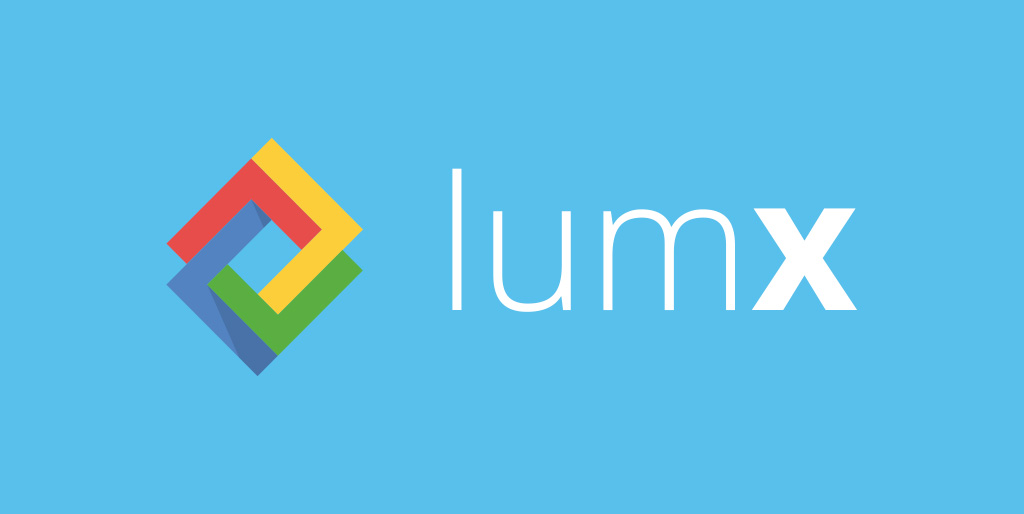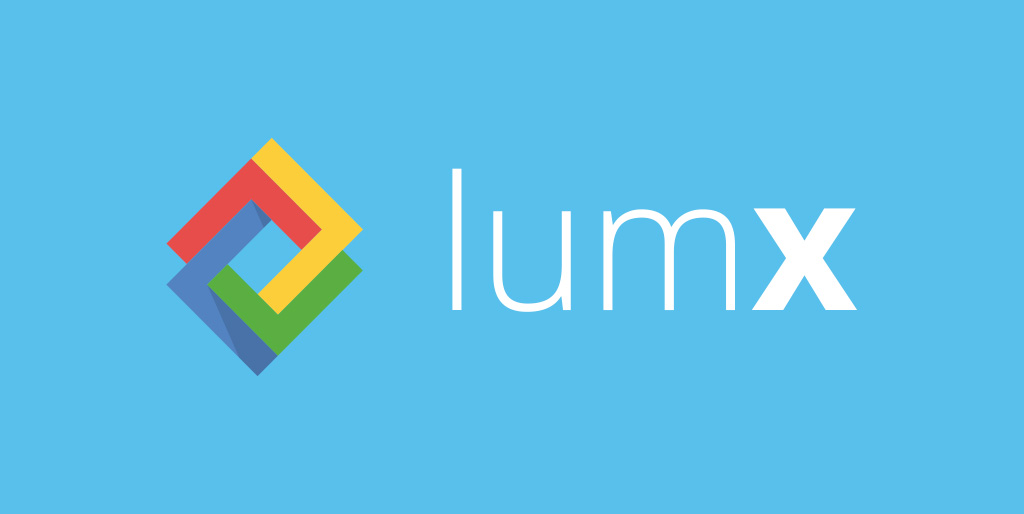LumSites, the new digital and collaborative way of work
Launched at the beginning of the year, LumSites has already 400 000 users. What explains such a success towards businesses gone to Google Apps for work ?
All companies are looking for a collaborative and social portal to share corporate content, manage document libraries and centralize business applications. Indeed the challenge is to address the appropriate information to the appropriate people, not only top down, this communication should also be bottom up and peer to peer.
Enterprise social networks are seriously considered by organisations for enhancing internal and external relationships. Many platforms offer the possibility to create communities where people can interact, or to add comments or notes on documents… but it




 We picked colors with bright highlights. We worked on typographic and chose Open Sans. The typeface is now slightly wider and rounder, giving it greater clarity and making it more optimistic.
We picked colors with bright highlights. We worked on typographic and chose Open Sans. The typeface is now slightly wider and rounder, giving it greater clarity and making it more optimistic. 

